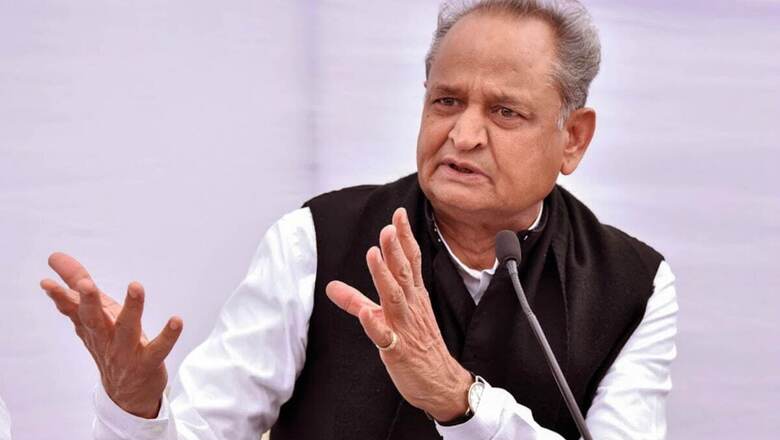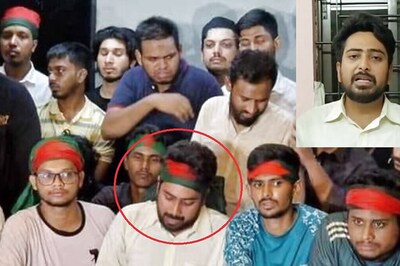
views
After BSP general secretary Satish Mishra issued a whip to party MLAs, who had merged with the Congress around 10 months ago, to vote against the Rajasthan government in the Assembly, interesting debates have ensued on the legality of the whip and the merger of BSP's state unit with the Congress.
But what hasn't been discussed as much perhaps is how this is a rerun for both, the BSP and for the Congress under Gehlot.
Apart from the fact that Gehlot was the chief minister in both cases, there are many similarities in political developments that are unfolding in the state right now and what happened in Rajasthan after the 2008 elections.
It was in 1998 that the Bahujan Samaj Party (BSP) had first contested elections in Rajasthan and opened its account with two MLAs. However, at the time, neither of the national parties – the Congress at 150 and the BJP at 33 - needed the BSP's support.
The national parties did not require the BSP's support even in the following elections - 2003 - when the BJP emerged victorious with 130 seats and the Congress won from 56 constituencies.
But in its third election, the BSP emerged as the kingmaker when both the Congress with 96 seats and BJP with 78 seats tried to court its six MLAs.
The results were similar to those of the last Assembly elections, in which the Congress got 100 seats, the BJP 73, and the BSP emerged as the third-largest party with six MLAs.
That is the first thing common in both cases – the Congress trying to survive by a slender margin while the BJP waits to pounce on the first opportunity it has to unseat the Gehlot-led dispensation.
After the results of the 2008 elections, the BSP announced its support to the Congress just as it did soon after the results were announced in 2018.
However, Gehlot understood in both cases the precarious existence of the government he commanded from Jaipur. A curious episode happened within the first few months of Gehlot swearing in as the chief minister.
Kirori Lal Meena, who was an independent MLA at the time and whose wife was given a cabinet berth for their support to the government, resigned from the cabinet.
Word went around that Meena along with three to four other MLAs was planning to bring down the government with the help of the BJP.
Within no time, in April 2009, Gehlot got all the six MLAs to merge with his party and so without any outside help his tally went to 102, one more than the majority figure, and the day was saved for him.
Meena had served as a minister under the previous BJP government, headed by Vasundhara Raje, but had left the party over differences with the latter.
In 2018, after a brief stint of running his own party, he rejoined the BJP and was rewarded with a Rajya Sabha seat from Dausa.
On September 16, Gehlot again got the entire BSP state unit to merge with his party, a move that had angered the party’s national head Mayawati, who had demanded imposition of President’s rule in the state.
The case over the merger of the BSP’s state unit is pending before the Election Commission.



















Comments
0 comment